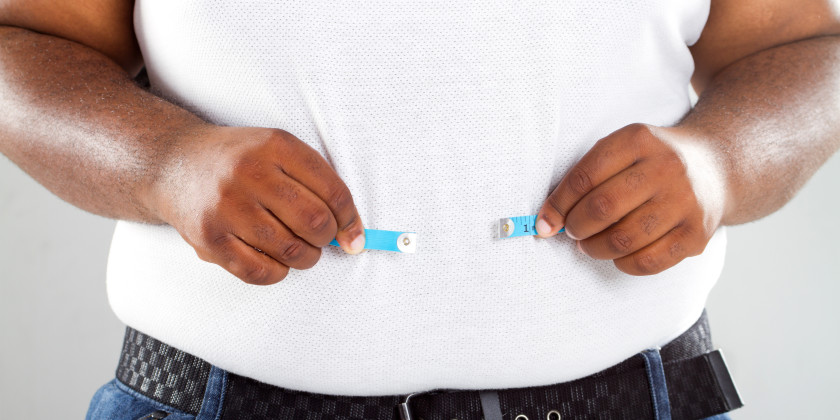Pharmacy Times1 recently published a post by Krystle Vermes on AspireAssist, a device intended to treat obese patients. This device has been approved by the Food and Drug Administration2 (FDA).
This is good news for African-Americans because Non-Hispanic blacks have the highest age-adjusted rates of obesity3 (47.8%) in the United States. We are followed by Hispanics (42.5%), non-Hispanic whites (32.6%), and non-Hispanic Asians (10.8%) according to the Centers for Disease Control and Prevention4 (CDC).
Obese patients aged 22 years and older who are interested in AspireAssist would have a tube surgically placed to drain a portion of their stomach after each meal.
“The AspireAssist approach helps provide effective control of calorie absorption, which is a key principle of weight management therapy,” said William Maisel, MD, MPH, deputy director for science and chief scientist in the FDA’s Center for Devices and Radiological Health, in a press release. “Patients need to be regularly monitored by their health care provider and should follow a lifestyle program to help them develop healthier eating habits and reduce their calorie intake.”
Surgeons insert the tube with an endoscope using a small incision into the patient’s abdomen. A port valve lies outside of the body, flush against the skin.
Around 20 to 30 minutes after a meal, the patient attaches the device’s external connector and tubing to the port valve. The valve is then opened to remove excess content over the course of 5 to 10 minutes. AspireAssist removes around 30% of the calories consumed.
A clinical trial examined 111 patients treated with AspireAssist and 60 control patients.
After one year, the intervention patients lost an average of 12.1% of their total body weight compared with 3.6% among the control patients.
The research also demonstrated that both patient groups saw improvements in conditions associated with obesity, such as diabetes and hypertension. The investigators said it’s possible that nutrition and exercise counseling contributed to these improvements.
Patients should be monitored frequently by a health care provider, and the tube should be shortened as the patient loses weight.
The device keeps track of how often it is drained, so after 115 cycles, or 5 to 6 weeks of therapy, patients must make an appointment to get a replacement part to continue therapy.
Common adverse effects of AspireAssist include indigestion, nausea, vomiting, constipation, and diarrhea. The surgical placement of the tube can also cause a sore throat, pain, and abdominal bloating.
Patients who have eating disorders should not use AspireAssist, and it should not be used for short durations for patients who are moderately overweight. Instead, AspireAssist is designed for patients with a body mass index of between 35 to 55 who cannot achieve and maintain weight loss through nonsurgical weight-loss therapy.
Click this link to get free Health and Wealth information to improve your life. Play the free “Slow Roll Through Civil Rights” Game found on the Jay Harold website. Enjoyed this post? Share it and read more here. Questions? “Ask the Pharmacist a Question!”





